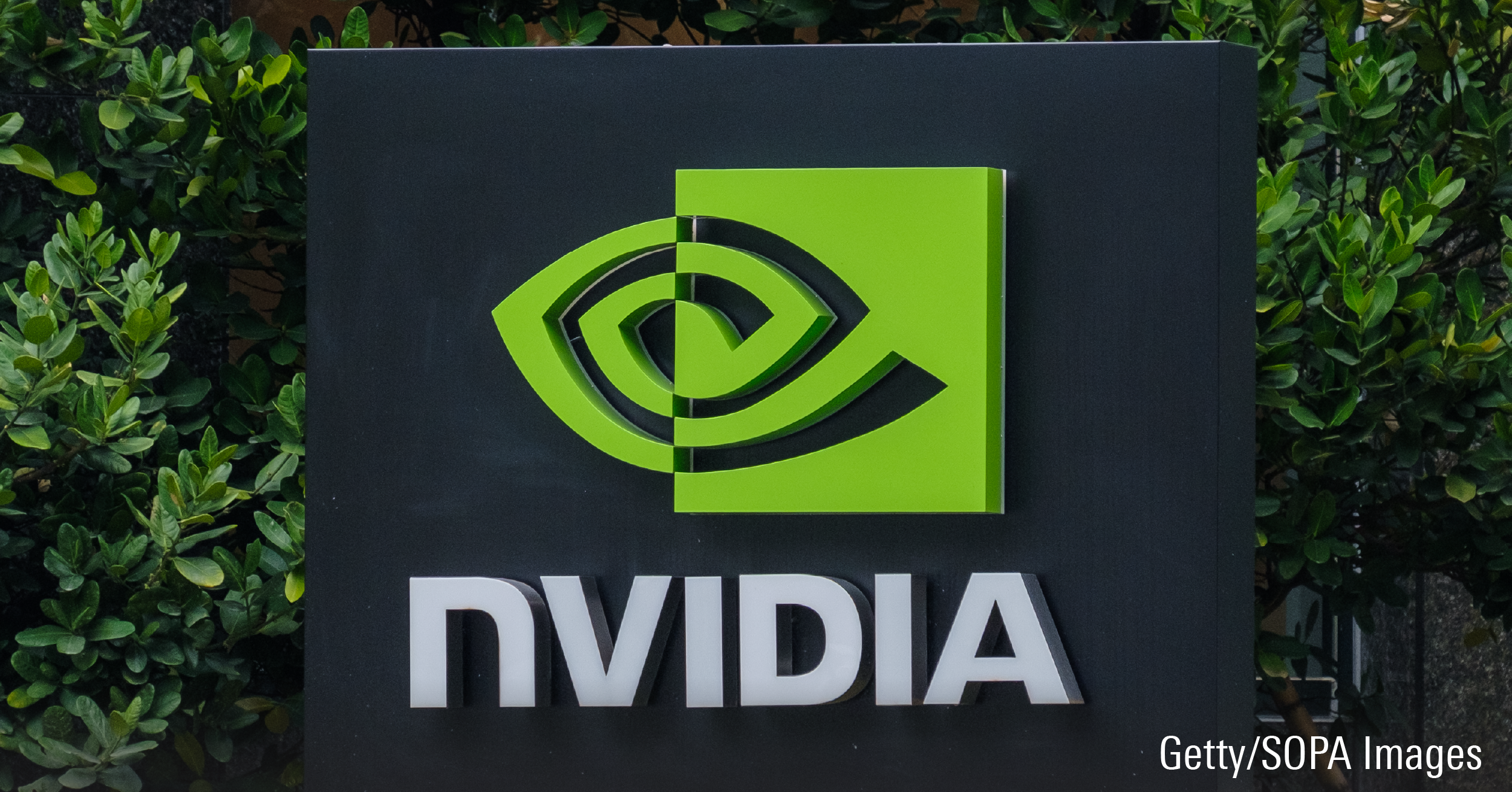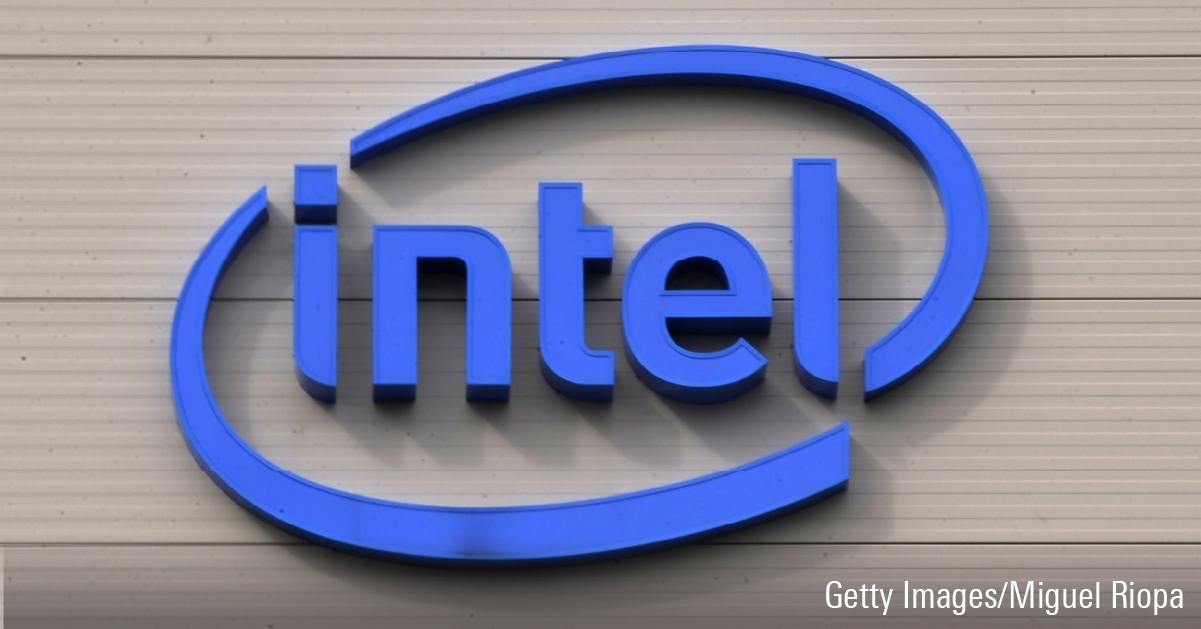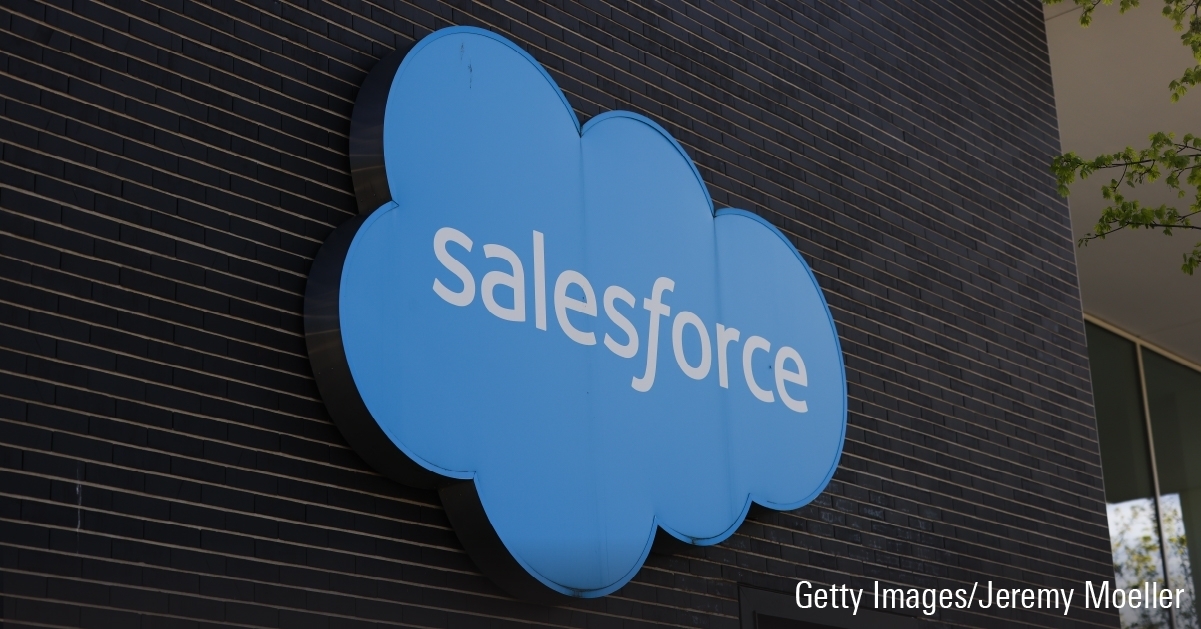
Concentrated stock funds (ones with relatively few stocks) can offer outsized returns when their bets pay off. However, when one hits a slump, investors can feel the downside of this approach more than they would with a broadly diversified portfolio. That’s been the case for BMO Concentrated Global Equity F, a USD 2.6 billion 3-star Gold-rated global equity fund that holds a portfolio of roughly 25 stocks and sticks with them for many years.
Over the long run, the fund has a solid track record. As of Jan. 28, the fund had an annualized five-year return of 10.03%, beating the global equity category average of 9.79%. But lately, the narrow focus is proving a hindrance. Over the past three years, the fund returned an annualized 9.52%, versus 10.19% for the category. The performance gap was even more pronounced in the past 12 months—the fund returned 16.99%, compared with 23.02% for the category.
A Challenging Year
The primary driver of the underperformance is a combination of the managers’ concentrated approach and missing out on many of the so-called “Magnificent Seven” technology stocks like Nvidia NVDA, which don’t fit their tightly disciplined style.
“The portfolio consists of 20-25 stocks, which is pretty concentrated even for a high conviction strategy,” observes Jeffrey Schumacher, Morningstar’s Amsterdam-based director of the Europe, Middle East, and Asia manager research team. “The portfolio puts the convictions of the managers on full display. With a concentrated portfolio, there is less room for stock-picking mistakes.”
What is significant, notes Schumacher, is that in the past decade, the managers have invested in a total of 40 companies. “That’s quite a long-term focus,” he says, adding that annual turnover stands at 16%. “You don’t see that too often. What is also interesting is that if you look at each stock’s contribution to performance, throughout its history, there were only four that resulted in a negative return for the strategy. The rest have contributed positively, which is an indication of stock-picking talent.”
Additionally, “it’s reassuring that over the past 10 calendar years, stock selection has been positive in seven of those years,” says Schumacher. “We can be confident in the team’s ability to select the right stocks. However, 2024 was clearly challenging for them.”
Hunting for Earnings Growth
The F class version of the BMO fund has been around since 2019, but the strategy has been utilized by Michael Boyd and Giles Warren at Guardian Capital since 2014, and 18 years before that at a different London-based boutique investment firm, according to Michael Hughes, head of client services at Guardian Capital.
One of the pillars of the strategy is a bottom-up focus on superior earnings, explains Hughes. “The objective is to create a portfolio of companies that will reliably deliver double-digit long-term compound growth in earnings per share and cash flow per share,” he says. “Provided you don’t overpay for those companies, there’s no reason why double-digit long-term earnings per share growth cannot lead to double-digit long-term returns for our clients in US dollar terms.” The portfolio has grown at a compound rate of 12% in US dollars over the last decade, 2 percentage points a year higher than the MSCI World Index.
Boyd and Warren focus on companies whose earnings are much less likely to be hit by a difficult economic environment, according to Hughes. “The starting point for our selection is that our companies’ growth is driven by secular trends, so they are not blown about by how well the economy is doing. Their earnings streams are much less variable than those of companies in the index. So the portfolio is highly insensitive to what happens in the economy, compared to the index.”
A Portfolio With a More Defensive Posture
At the same time, if the economy turns down, the companies in the portfolio will do well. “They are high-quality companies, and it is quality that wins through when you get a more difficult economic environment. So if those earnings streams are less variable over time, then it follows that the stock prices will be less variable over time. That means you have a strategy with lower risk than the index,” says Hughes.
Hughes points out that most of the fund’s long-term out-performance has come when the market is falling, rather than when it’s rising. Not surprisingly, with the market currently on a tear, he acknowledges that the fund has lagged. “That the strategy is underperforming is not a shock to us or our clients. They know how this strategy works. It’s full of companies that are there to protect you against more difficult times. They don’t do the best in a rampant bull market, which we arguably are in at the moment.”
The ups and downs of the fund are reflected in the changes in its relative valuation over time. Hughes notes that when the fund began in 2014, the strategy traded at about a 40% premium to the MSCI World Index. But by early 2020, the quality-growth style was in hot demand and the premium rose to 90%. “Our assets under management went from USD 1 billion in 2018 to USD 14 billion in 2021,” recalls Hughes. “These kinds of companies proved they could protect against the downside in difficult markets in 2011, 2015, 2018, and the first quarter of 2020, when the pandemic struck. In that quarter, our strategy beat the index by six percentage points. So, in down years, our type of companies prove they can strongly outperform the market.”
By 2021, Guardian Capital’s stocks were trading at a 100% premium to the index. But fortunes change, and since 2022, the premium has gradually slid back to around 40%, where it began a decade ago. “From that point on in 2022, markets decided they were not willing to pay the same premium for companies that bring quality and reliability and the ability to grow through a recession,” says Hughes. “Why? Because the market doesn’t think there will be a recession. So our kinds of companies are out of favor.”
Names that have contributed to the fund’s recent returns include prominent technology holdings such as Alphabet GOOG, Booking Holdings, and EssilorLuxottica. But the fund has been held back by some laggard names, which include sporting goods supplier Nike, food and drink processor Nestle, and French cosmetics producer L’Oreal. The drop in value for these names in the past year ranges from 26 to 29 percentage points.
Nevertheless, pointing to the fund’s longer-term returns, Hughes argues that investors must be very patient and wait at least five years for the fund to bounce back and outperform the category. “You should not consider the performance of any fund over any short-term period. You have to give it time, to see if the managers are any good or not,” he says. “In this strategy in particular, we hold stocks for an average of 12 years. Our turnover is 12% per annum. This is all about long-term investment in companies that will maintain growth over a long-term period. Consequently, they are under-estimated or under-valued by the market. That’s why this strategy has outperformed over the long term. Their time to shine is when things get tough in the markets.”
Schumacher says a concentrated stock-picking style means the fund is open to periodic relative weakness. “But I would also argue that is true for every type of strategy. Even the best strategies out there, with the most brilliant performers, over a long-term horizon, will experience periods of underperformance,” he says.
The author or authors do not own shares in any securities mentioned in this article. Find out about Morningstar's editorial policies.















